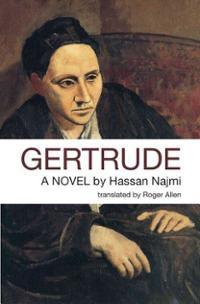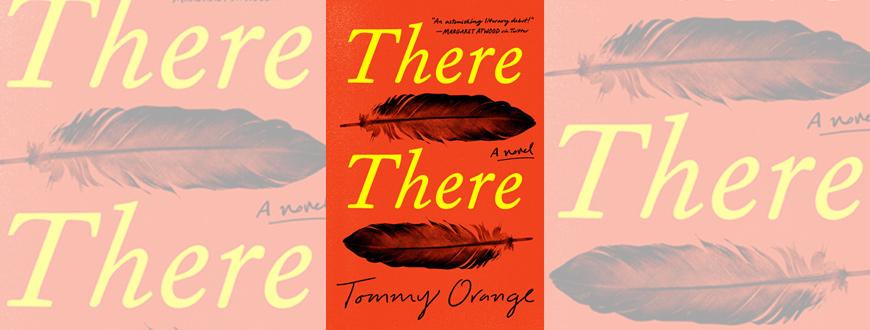You are here
‘A perpetual Parisian mist’
By Sally Bland - Feb 23,2014 - Last updated at Feb 23,2014

Gertrude
Hassan Najmi
Translated by Roger Allen
Massachusetts: Interlink, 2014, 282 pp.
This intriguing novel is based on real knowledge of the life and times of Gertrude Stein, the famous American writer, intellectual and art collector, who spent most of her life in Paris. It is also rooted in the whimsical notion of "what if?" What if Stein had found a Moroccan lover during the short vacation she took with her life-long companion, Alice Toklas, in Tangier? What if she had invited him to visit her in Paris? What if he had actually gone? By using the "what if?" device, Moroccan author Hassan Najmi opens a new, if admittedly fanciful, perspective on Stein. Most of her biographers are Westerners, but in this novel, first published in Arabic in 2011, she is viewed through Arab eyes.
"Gertrude" has many themes and layers. On one level, it is about the East-West (or, more accurately, North-South) encounter, for it is hard to believe that Najmi randomly named Stein's fictitious lover Muhammad, such a common Arab name and one so full of religious/cultural overtones. The author must have meant the relationship between them to symbolise "the enormous gap between East and West where almost everything keeps them apart, except, of course, for wars, explosions, and arms seizures!" (p. 33) Yet, the novel also illustrates that there are many points of attraction in the personal sphere.
Despite his centrality in the novel, Muhammad is not the narrator. After returning to Morocco, he "lived in a perpetual Parisian mist, even when Paris itself was thousands of kilometres away and Tangier swaggered on its modest way under the clear blue sky". (p. 32) Wallowing in memories, he is unable to write the story himself, and entrusts the task to a friend to whom he has confided his Paris experience in detail. This creates another layer to the story — the writing process. It also increases the distance between lived reality and text, and injects one of many ambiguities present in the book. One cannot be sure that Muhammad's friend is conveying his experience accurately. It is not even certain that he will write the book. While doing research about Stein, he meets an American diplomat and embarks on a rather torrid affair with her. He seems to be following in Muhammad's footsteps, but not quite. Sometimes, one wonders which relationship he is narrating as the text shifts from past to present and to different points-of-view.
The uncertainty of writing the tale is added to the basic ambiguity of the relationship between Muhammad and Stein. One doesn't know if she really meant it when she invited him to visit her. Once arrived, his role in her Paris apartment is highly ambiguous, a cross between butler, companion and lover. The reasons why she eventually makes him feel he should leave are equally unclear.
What is very clear and also delightful is how Muhammad throws himself into his new life in Paris, developing an appreciation for the art on Stein's walls and befriending the writers, intellectuals and artists, American and European, who gather in her salon — Picasso, Matisse, Apollinaire, F. Scott Fitzgerald and many others. "Muhammad was relishing his new life with the person he loved, without being entirely sure of anything… One can be in love without needing to ask questions." (p. 204) His spontaneity and sincerity are endearing, and stand in marked contrast to the artifice of these artists and poets. While they live by recreating life in various art forms, Muhammad simply lives. Picasso's portrait of Gertrude, which adorns the book's cover and is subject to various interpretations, comes to symbolise this contrast as well as the ambiguity of her personality and relationship to Muhammad.
"Gertrude" adds to the lore about American writers and artists in self-imposed exile, most recently Woody Allen's film spoof, "Midnight in Paris", and Paula McLain's more serious "The Paris Wife", as well as previous writing by and about Paul Bowles who settled in Tangier. But while their experience was fruitful, the results of Muhammad's reverse journey remain ambiguous. Bowles was known to encourage local writers, most famously Muhammad Choukri, author of "For Bread Alone", whereas Stein is portrayed as reeducating Muhammad, but not encouraging either his independence or creativity, calling to mind some American writers who loved Tangiers but not the inhabitants.
Najmi's novel poses many questions, from whether the relation between North and South can be equitable, to why people leave their own country and what they find out about themselves and others in the process. While much new literature focuses on hybridity and cross-cultural exchange, Najmi chooses to remind that North-South relations are still unequal in many cases.
Sally Bland
Related Articles
AMMAN — In the bustling streets of Jordan, 37-year-old Fadi Najmi drives his truck, adorned with seasonal fruits, vegetables and an array of
If you have watched any Indian classical music performances, you would have seen that the singers occasionally touch the lobes of their left















